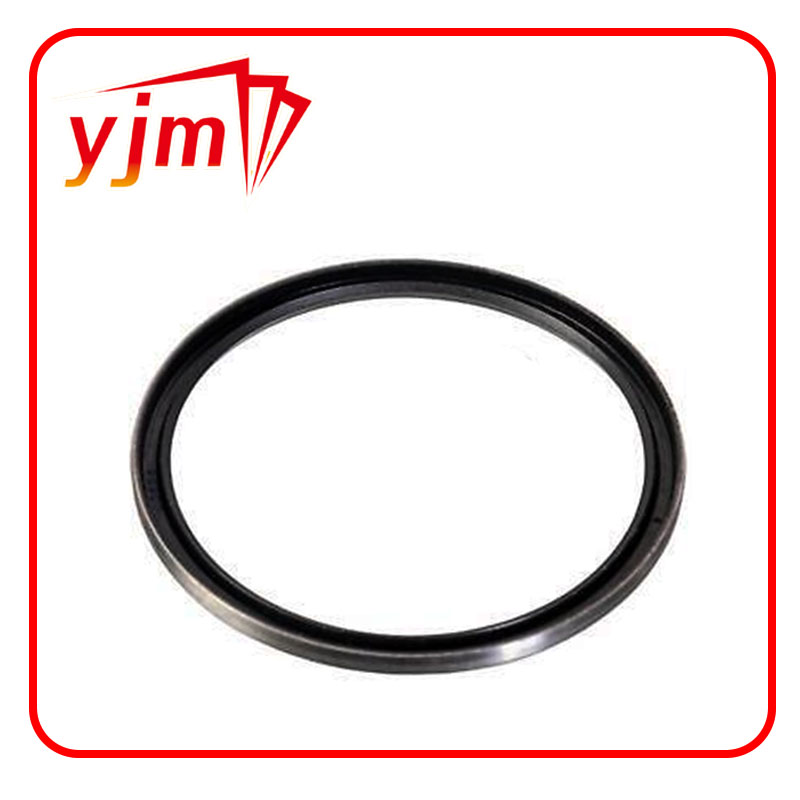Oil Seal Specifications for 15x30x7 Applications and Alternatives
Understanding Oil Seals A Focus on the 15 30 7 Specification
Oil seals play a crucial role in various mechanical applications, ensuring that lubricants remain contained within machine components while simultaneously preventing contaminants from penetrating the system. Among the diverse types of oil seals available, the specification 15 30 7 refers to a specific design that is often utilized in numerous industrial and automotive contexts. In this article, we will explore what this specification means, its applications, and the importance of choosing the right oil seal for the job.
What Does 15 30 7 Mean?
The numbers in the specification 15 30 7 indicate the dimensions of the oil seal, more specifically, its inner diameter, outer diameter, and width. Taking these measurements into account is essential for ensuring that the seal fits properly within the designated space in the machinery.
- 15 mm The first number represents the inner diameter of the oil seal. This measurement is critical as it must match the shaft it is intended to seal. A proper fit helps to maintain pressure and reduces the risk of lubricant leakage. - 30 mm The second number indicates the outer diameter. This size needs to be compatible with the housing or bore into which the oil seal is installed. A correctly sized outer diameter will ensure that the oil seal remains securely in place and provides an effective barrier against contaminants. - 7 mm The final number denotes the thickness of the oil seal. While it might seem like a simple measure, the thickness is key to accommodating the mechanical dynamics of the application, including the ability to handle the pressure of the contained lubricant and the resistance to wear over time.
Applications of Oil Seal 15 30 7
Oil seals with a specification of 15 30 7 are commonly employed in various industries, including automotive, aerospace, and general machinery. Some specific applications include
- Automotive Transmissions These seals are often used in gearboxes and differentials where they control oil flow and protect against debris, ensuring smooth operation and longevity of the components. - Pumps In hydraulic systems and pumps, oil seals help maintain fluid integrity, minimize leakage, and prevent contamination that could compromise the system’s efficiency.
- Industrial Machinery From manufacturing equipment to conveyors, oil seals are utilized to ensure effective lubrication and operational reliability, safeguarding against wear and tear.
oil seal 15 30 7

Importance of Choosing the Right Oil Seal
Selecting the appropriate oil seal is critical to the overall performance and reliability of any mechanical system. Below are several factors to consider
1. Material Composition Oil seals are available in various materials, including nitrile rubber (NBR), fluorocarbon (FKM), and silicone. Each material offers distinct benefits, such as temperature resistance and compatibility with various lubricants and environments.
2. Operating Conditions Understanding the operating conditions, including temperature ranges, pressures, and the type of lubricant, can guide the choice of seal material and design to prevent premature failure.
3. Installation and Maintenance Proper installation is vital for the longevity of an oil seal. Ensuring the seal is seated correctly and free from damage during installation can prevent leaks and ensure optimal performance.
4. Replacement and Inspection Regular maintenance and inspection are necessary to identify wear or damage. Early detection can save costs associated with downtime and repairs.
Conclusion
The specification 15 30 7 is more than just a series of numbers; it signifies the vital role oil seals play in maintaining the efficiency and longevity of mechanical systems. By ensuring the correct fit and material selection, industries can optimize performance and minimize the risk of failure. As technology evolves, the importance of oil seals will remain significant, driving engineers and designers to focus on innovation and reliability in their applications. Understanding these components is essential for anyone involved in machinery design and maintenance, playing a critical role in the seamless operation of various systems across multiple industries.
-
Understanding the Front Main Engine Seal: Purpose, Maintenance, and Installation
News Jul.29,2025
-
Understanding O-Rings and Seal Rings: Types, Applications, and Custom Solutions
News Jul.29,2025
-
Understanding Crankshaft Oil Seals: Rear Seals, Pulley Seals, and Their Role in Engine Integrity
News Jul.29,2025
-
The Importance of Front and Rear Crankshaft Seals in Engine Performance and Oil Management
News Jul.29,2025
-
Crank Oil Seals: Functions, Types, and Cost Considerations in Engine Maintenance
News Jul.29,2025
-
A Comprehensive Guide to O-Rings and Seals: Types, Materials, and Global Applications
News Jul.29,2025
-
Mastering Diesel and Performance Engine Maintenance: A Guide to Critical Oil Gaskets
News Jul.28,2025
Products categories















